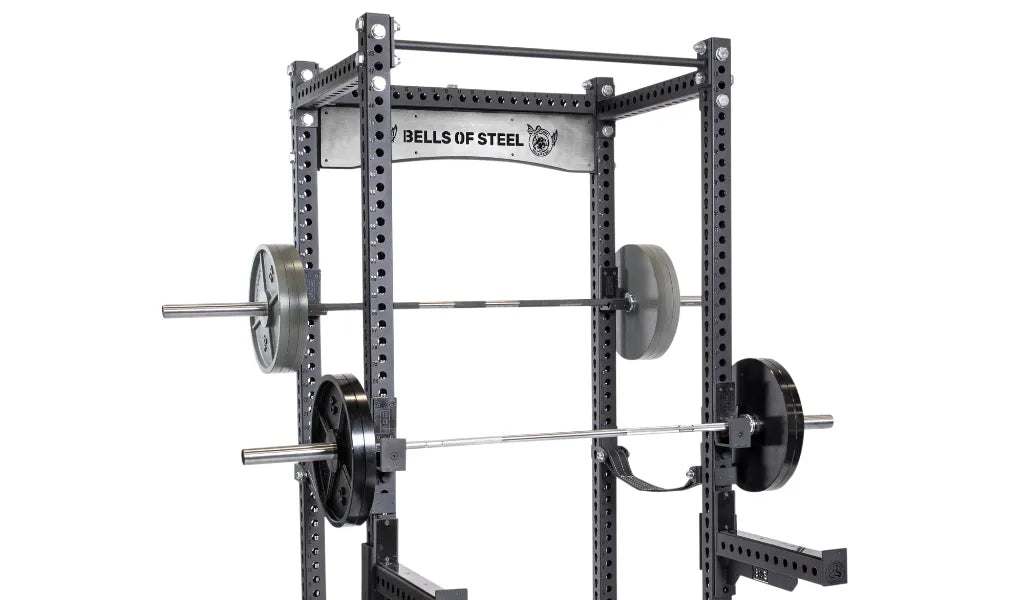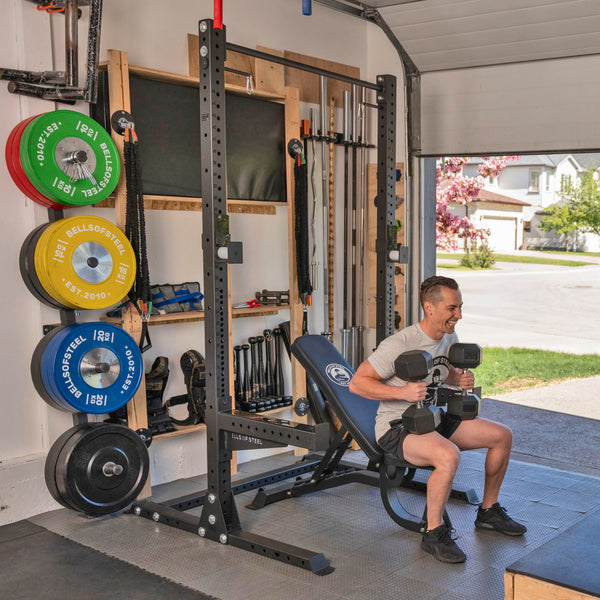So, you've set up your dream basement gym. The barbells are in place, the squat rack is calling your name, but there's just one tiny problem—every time you step down there, it feels like you’re working out in a hot, musty cave. It turns out that ventilating your basement gym is just as important as picking the right equipment. Let's be real, no one wants to pass out mid-squat because there's not enough airflow.
But don’t sweat it (literally). We’ll walk through how to ventilate your basement gym so that it’s not just a functional workout space, but a safe and healthy one, too.
Common Concerns in a Basement Gym
Before we dive into the ventilation solutions, let’s talk about the usual suspects when it comes to basement gym problems. Here are the top concerns:
- Poor Air Quality: Working out gets your heart racing, your muscles pumping, and your lungs working overtime. Without proper ventilation, you’re basically rebreathing stale air—not ideal when you're trying to hit a PR.
- Humidity: Basements tend to be humid, and when you add sweat into the mix, you’ve got a recipe for some unpleasant odors and the potential for mold. And trust me, that’s the kind of “growth” you don’t want to see in your gym.
- Temperature Control: Basements are notorious for fluctuating temperatures. Too hot, and you’ll be sweating buckets before your warm-up. Too cold, and your joints may feel as stiff as a barbell.
Steps to Properly Ventilate Your Basement Gym
Now that we’ve aired out the issues, let’s talk solutions. Ventilating your basement gym is easier than you think, and it makes all the difference in creating a space where you can breathe easy—literally.
1. Install a Fan or Two
One of the simplest and most effective ways to improve airflow is by adding fans. A box fan or oscillating fan can circulate air and prevent that dreaded stuffiness. Place one near an open window (if you have one) to create cross-ventilation. If windows aren’t an option, a ceiling fan can also work wonders.
2. Use a Dehumidifier
Since basements naturally trap moisture, investing in a dehumidifier is a game-changer. Dehumidifiers will help manage humidity levels, keeping your gym feeling fresh, dry, and less like a sauna. Just be sure to empty the reservoir regularly—otherwise, you might end up with a whole different kind of weight to lift!
3. Crack a Window
If you’re lucky enough to have windows in your basement, use them! Open the windows when you’re working out to let fresh air in and prevent your gym from smelling like a locker room. Pair them with a fan to get the air really moving.
4. Consider an Air Purifier
Air purifiers are great for filtering out dust, allergens, and any other nasties that might be lurking in your basement. It’s especially useful if your workout space is prone to dust or has poor natural airflow. A good purifier will help you avoid sucking in more dust than oxygen during your sets.
5. Improve Insulation and Seal Gaps
A well-insulated basement is easier to keep at the right temperature. If your basement feels like a refrigerator in winter and a furnace in summer, it might be time to insulate the walls or ceiling. Also, sealing gaps in windows and doors can help control airflow and prevent drafts.
6. Install HVAC Vents (if you can)
If you’re looking to go all-in, consider extending your home’s HVAC system to the basement. This will give you control over heating and cooling, allowing you to maintain a comfortable workout environment year-round. Call in an HVAC expert to see what’s feasible for your setup.
7. Add a Portable Air Conditioner or Heater
If extending your HVAC isn’t an option, portable units can save the day. A portable air conditioner can cool things down in the summer, while a space heater can warm things up when temperatures drop. Just be sure to choose models designed for small spaces like basements.
Call an HVAC Expert if Needed
While DIY solutions can do a lot to improve basement gym ventilation, sometimes you need a pro to take it to the next level. If you’re struggling to get the airflow just right or are dealing with severe humidity, calling an HVAC expert can save you a lot of headaches (and sweaty workouts). They can assess your space and recommend the best solution for proper climate control.
Key Equipment for a Basement Gym
Once your basement is properly ventilated, you can focus on what really matters: crushing your workouts. If you’re setting up a basement gym, here are some essential pieces of equipment to consider:
- Short Power Racks: With low ceilings, you'll want to invest in a short power rack, like a 72" power rack or squat stand. These compact racks fit perfectly into tight spaces without sacrificing versatility.
- Dumbbells or Kettlebells: These are essential for strength training in a small space. Adjustable dumbbells are a great space-saving option.
- Cardio Machines: If you’ve got the space, consider adding a compact cardio machine like an air bike or rower to boost your conditioning game without taking up too much room.
Basement Gym FAQs
Q: Is working out in a basement bad for air quality?
A:Not if you ventilate properly! Use fans, air purifiers, and open windows to keep the air fresh. If humidity is an issue, a dehumidifier can help.
Q: How do I reduce humidity in a basement gym?
A: A dehumidifier is your best bet. It keeps the air dry and prevents moisture buildup. Also, sealing any leaks or cracks can help keep unwanted moisture out.
Q: Can I workout in a basement without windows?
A: Yes, but you’ll need to create airflow. Use fans and possibly an air purifier to circulate and clean the air. Adding HVAC vents or a portable air conditioner can also help with temperature control.
Q: Is it safe to lift heavy weights in a basement?
Absolutely, as long as your space is ventilated, you have proper flooring, and you aren’t smacking the ceiling with your barbell. A shorter rack can help with low ceilings.



